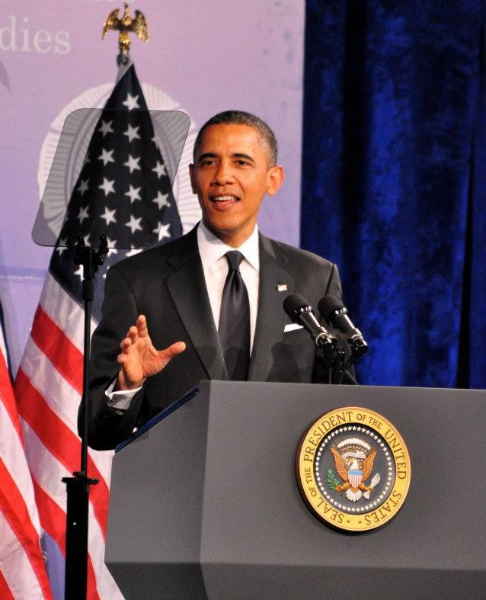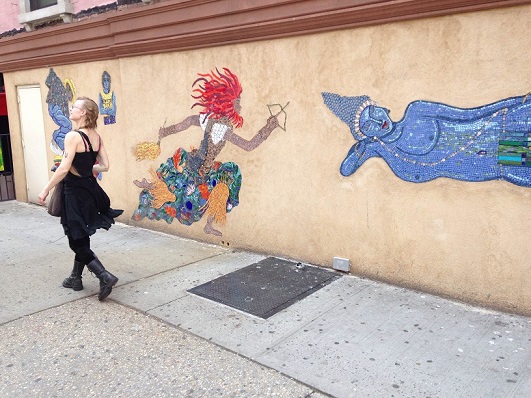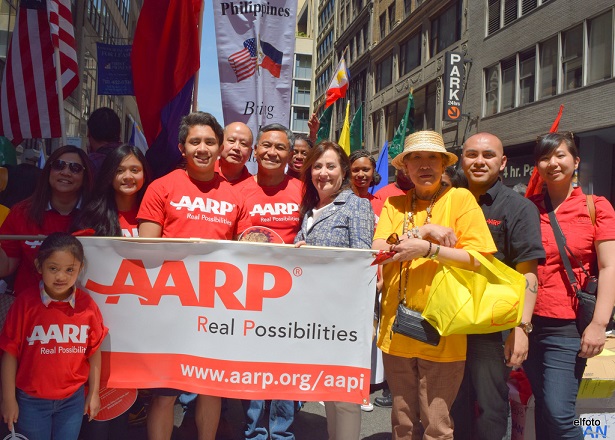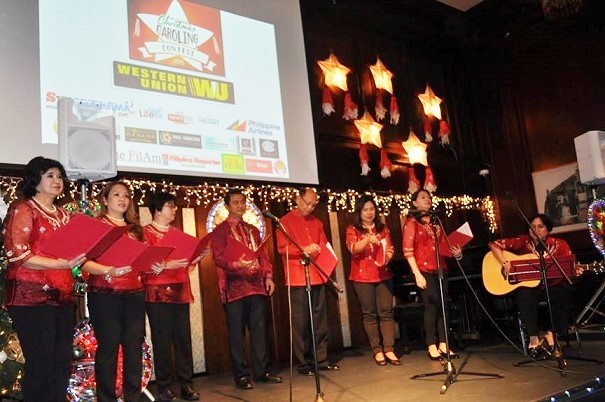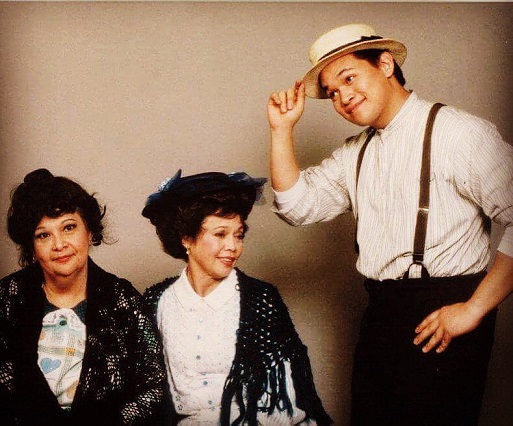Unless Aquino acts, journalists killings ‘are not going to stop:’ Human Rights Watch
Philippine President Benigno Aquino III should speak out against the recent killings of three journalists and ensure that the authorities expedite their investigation, the New York based Human Rights Watch said on August 9. While the killers and motives are unknown, these and past unresolved attacks on journalists have a chilling effect on media freedom in the country.
“The latest killings and threats against journalists underscore the precarious state of media freedom in the Philippines and the need for the government to respond,” said Phelim Kine, deputy Asia director. “Unless the government brings people who attack journalists to justice, these killings are not going to stop.”
On July 30, 2013, unknown assailants shot and killed Richard Kho, 47, and Bonifacio Loreto Jr., 59, both columnists for the weekly tabloid “Aksyon Ngayon,” in Quezon City, Metro Manila. Two days later, on August 1, unidentified gunmen killed a freelance photojournalist, Mario Sy, 53, in the southern city of General Santos. Police have not made any arrests in the killings.
That same week, a broadcast journalist, Ces Drilon, received text messages threatening to “erase” her after her network, ABS-CBN, aired her report on the Maguindanao Massacre, in which 58 people, most of them journalists, were executed in 2009. While her news show reported on a bombing in Cagayan de Oro City she received a text message that read: “You’re next to explode.”
Although the number of extrajudicial killings has declined since 2010, when Aquino took office, certain groups, such as environmental and labor activists, and journalists, continue to be recurring targets of attack.
Journalism has long been a high-risk profession in the Philippines. According to the Committee to Protect Journalists, some 73 journalists have been murdered in the Philippines since 1992; local media groups put the number considerably higher. The Philippines consistently ranks as among the “top 3” in the organization’s list of “deadliest countries” for journalists.
The National Union of Journalists of the Philippines said that the three recent killings brought the number of journalists killed in the country under the Aquino administration to 18. Journalists, particularly outside the major cities, regularly report threats and harassment. The union said that most of the journalists killed had received death threats.
The Aquino administration has announced reforms to the criminal justice system that could result in more effective criminal investigations, but has not fully implemented them. For instance, Administration Order 35, issued by the Aquino administration in 2012, authorized the creation of a government “super body” to coordinate and expedite the actions of various criminal justice organs on specific high-priority cases. However, eight months later, that body is stalled at the stage of identifying appropriate cases to pursue.
Aquino began his term with a promise to promote and respect human rights, and pressed for the passage of several laws to improve human rights, but this has not translated into significant improvements on the ground. In particular there has been little progress in prosecuting human rights abusers. In his State of the Nation Address in July, which outlined the priorities of his administration’s final three years, Aquino did not mention human rights, raising concerns that less attention would be given to human rights issues.
“The Philippines has a reputation for having one of the freest media freedom environments in Asia, but that reputation disappears bit-by-bit with every killing of a journalist,” Kine said. “President Aquino needs to realize that this problem won’t go away on its own.”

